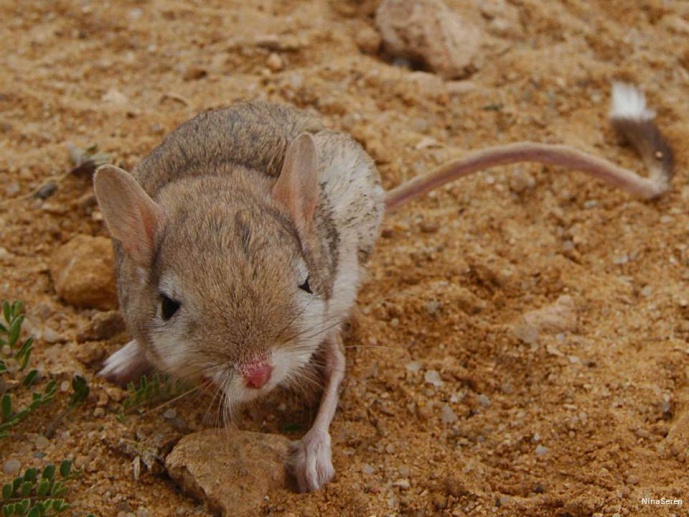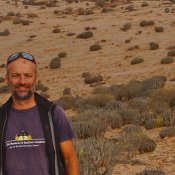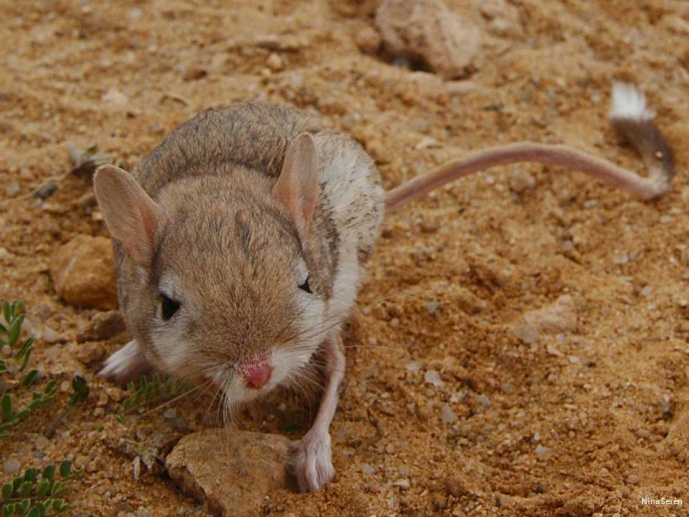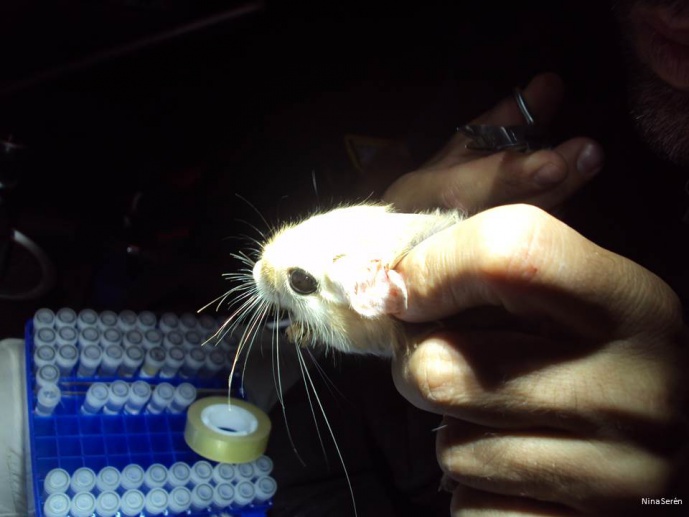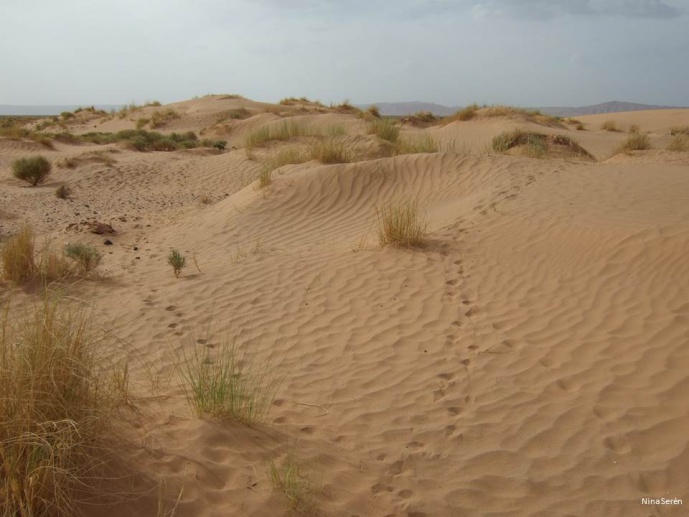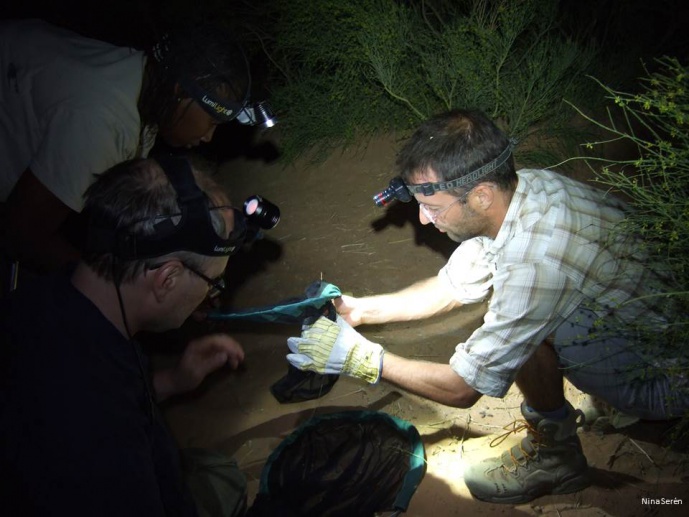The role of adaptation in Lesser Egyptian jerboa speciation
Historical environmental changes, such as climatic shifts, are long known to have profound effects on ecosystems. To resist these events, organisms are constantly evolving and adapting thanks to mechanisms such as plastic response and genetic mutations. When successful adaptations and genetic differentiation between populations have enough time to arise and accumulate, a speciation process can occur. Current climate change is driving animals outside their climatic niches, increasing not only the possibility of extinction but also speciation if appropriate time and conditions (e.g. enough genetic variability within population) arise. Due to the slow rate of successful adaptive changes, genetic/genomic signatures of adaptation to current climate change are not yet well understood. To overcome this knowledge gap we will conduct our research on a species that has outlived historical extreme climate shifting conditions on the Sahara desert leading, either by isolation or adaptation, to a high level of genetic variability suggesting a speciation event between two cryptic lineages (yet to demonstrate). This species is the Lesser Egyptian jerboa, Jaculus jaculus (Linnaeus, 1758), a rodent widely distributed across North Africa desertic regions which had diversified and adapted to severe climatic changes in the Pleistocene. The study of this model species (or two cryptic species) focusing on the evolutionary history using Next Generation Sequencing (NGS), niche modelling and phenotypic analyses will test the effects of environmental and climatic shifts in current animal population divergence and/or speciation.
